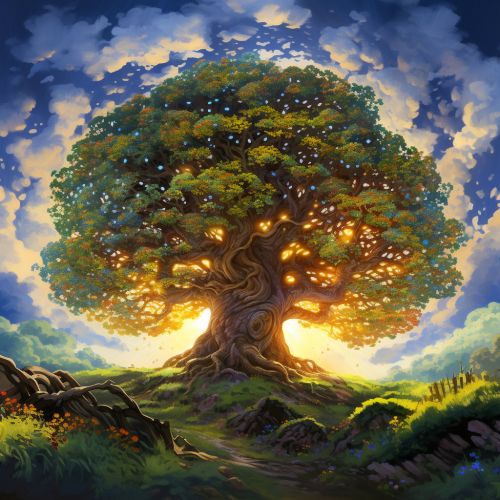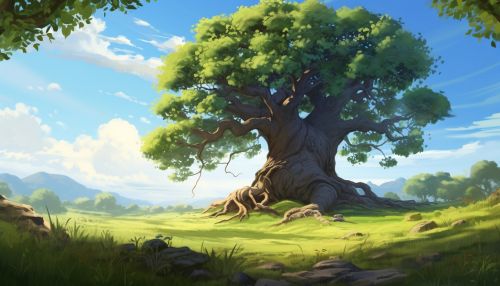Norse Mythology
Origins and Sources
Norse mythology, a subset of Germanic mythology, is the body of myths of the North Germanic peoples, stemming from Norse paganism and continuing after the Christianization of Scandinavia, and into the Scandinavian folklore of the modern period. The northernmost extension of Germanic mythology, Norse mythology consists of tales of various deities, beings, and heroes derived from numerous sources from both before and after the pagan period, including medieval manuscripts, archaeological representations, and folk tradition.
Cosmology
In the beginning, according to the Prose Edda, there was nothing: no sand, no sea, no cooling wave, no earth, no sky, no grass, just Ginnungagap. This void was allegedly located 'in the middle of nowhere', between the realms of fire (Muspelheim, land of the fire giants) and ice (Niflheim). When the warm air from Muspelheim hit the cold ice of Niflheim, the jötunn Ymir and the icy cow Audhumla were created. Ymir's foot bred a son and a man and a woman emerged from his armpits, making Ymir the progenitor of the Jotnar.


Pantheon
The Norse pantheon is divided into two major groups, the Aesir and the Vanir. The Aesir gods include Odin, Thor, Baldr, Hodr, Heimdall, and Tyr. The goddesses are Frigg, wife of Odin, and the virgins, who are never married, such as the huntress Skadi. The Vanir, the other family of gods, contains Freyr, Njord, and Freyja. The gods coexist with the Jotnar (giants), who are often in conflict with them, but are also their relatives—many of the gods are married to Jotnar and there are Jotnar amongst the gods.
Mythic Time
Norse mythology divides time into a number of distinct periods. The first period is the age of the gods' war with the giants. The second period is the age of man, which began when the gods created the cosmos and will end with Ragnarok, the doom of the gods and the end of the world. The third period is the age to come, when a new cosmos will rise from the ashes of the old one.
Ragnarok
Ragnarok, the doom of the gods, is the cataclysmic destruction of the cosmos and everything in it, including the Norse gods. But Ragnarok is not merely the end of the world. After the cosmos is destroyed, it will be recreated. After the gods are killed, new gods will arise. And after mankind is wiped out, two human survivors will repopulate the world.
Legacy
Norse mythology has left a lasting legacy in a variety of areas, including literature, art, music, and popular culture. Many elements of Norse mythology have been incorporated into modern fantasy literature, and the gods and creatures of Norse mythology remain popular subjects in a variety of media.
